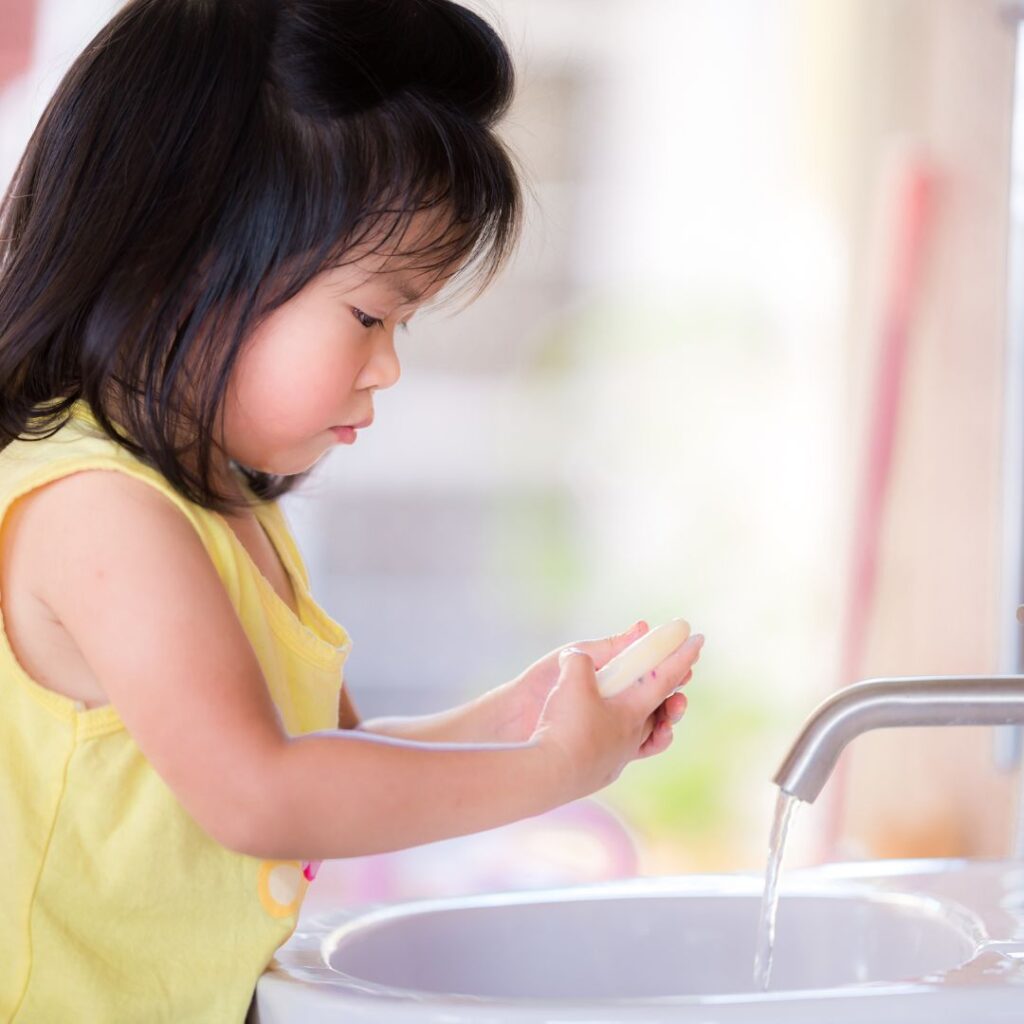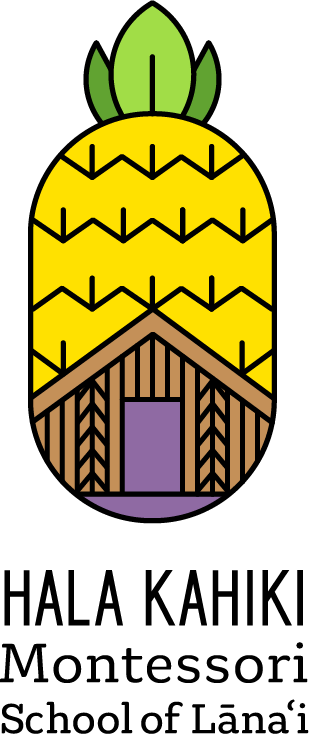Can you do Montessori at home?
The short answer – YES!
The long answer – Yes, and…
Montessori can be implemented in many forms based on the adult and the environment in which the child resides. The Montessori philosophy is about engaging the child in life being lived, while providing purposeful and challenging work or activities to help them in their journey of self-construction and self-discovery. Montessori requires child-size materials and attainable ways to ignite independence. It is important to keep in mind that before independence comes, we must first collaborate with the child.
Montessori in the home is going to look and feel much different from Montessori at school. Why? Because they are not the same environment. When we talk about Montessori in the home, we are not looking to replicate the school environment. We are looking for ways to amplify the experience the child has within their home. We must ask ourselves; how can the child be a contributing member of their home environment?
Home is a place to rest, celebrate, find solitude, enjoy meals - a place for family. This means that when we seek to practice Montessori at home, we need to take into consideration that it is going to look and feel different based on our unique styles of culture and family dynamics. While it may look or feel different from home to home, the overarching principle of including the child in life being lived will remain the same.
All that said, where do we begin? Montessori toys from companies like MontiKids, Lovevery or My Monti Home are a nice complement to what children are learning at school, however they aren’t necessary to get started or maintain this beautiful way of life.
The best place to begin is with what we call “practical life”. These are lessons and activities that are based around the basic needs of human existence – care for ourselves, care for the environment and care for others.
Care for Ourselves
Two activities around caring for ourselves are that of hygiene and nourishment. In the home we can invite the child to help care for themselves by allowing them opportunities to brush their own hair, use soap to wash their own body, and have a turn when brushing their own teeth.

Children under the age of 6 can also take part in choosing their own clothing to wear (with appropriate limits), can put clothing away in a hamper when dirty and can help dress and undress independently.
Regarding nourishing their body, we give the child the opportunity to feed themselves – offering small, realistic, and child-size utensils, cups, plates, and bowls. We can invite the child to help prepare meals or create a small cabinet with healthy snacks where they can go and choose something to eat whenever they feel hungry, without the need for adult assistance.
Care for the Home Environment
Cleaning up toys can be a big area of stress and can led some children and adults into power struggles. How to avoid this? Make it fun (“how fast can you clean up?”) and engage the child by collaborating and picking up their toys together.
Hot tip: less is more in the home! Put away half of your child’s toy and rotate them out as necessary. This means less to clean and keeps the toys feeling new without spending money.
Other ways to help care for the home environment:

Below are some examples of ways to invite your child into the kitchen. The child can help:

Care for Others
Young children are often eager to help. The first 6 years are a time when “chores” aren’t such a bad thing. They are deeply interested in the process of life. We also want to refrain from using any of these activities as punishment. Caring for yourself, others and the environment can be joyful and fun.
It is important to remember that just as we thank adults for helping, we need to make sure to do the same for the child.
“Thank you for washing the rice. It is so delicious.”
“I really appreciated your help in setting the table today. Look how beautiful it is.”
“Putting your laundry in the hamper when it is dirty is so helpful. Thank you.”
The young child seeking to “help” around the house might make it so that these tasks take longer, are messier, or don’t get done in the way we want them to. It is important to remember that it is the process that is of value, not necessarily the product.

The late and great Montessori teacher trainer Margaret Stephenson said it best:
“We have to remember as adults that we want things done, and as quickly as possible, so that they are finished and out of the way; whereas the child is interested and content in the doing, not the done.”
I am a valued and contributing member in my home and with my family.
That is the first goal of Montessori in the home.
About Hala Kahiki
Designed for children 18 months – 6 years, Hala Kahiki is the first and only authentic Montessori school on Lāna’i. Under the guiding influence of specially trained teachers, children work with multi-sensorial materials to help them learn to think critically and become well-rounded global citizens. We would love to partner with you to give your children the best-possible early childhood education; please let us know how we can help you achieve your goals for your child.




